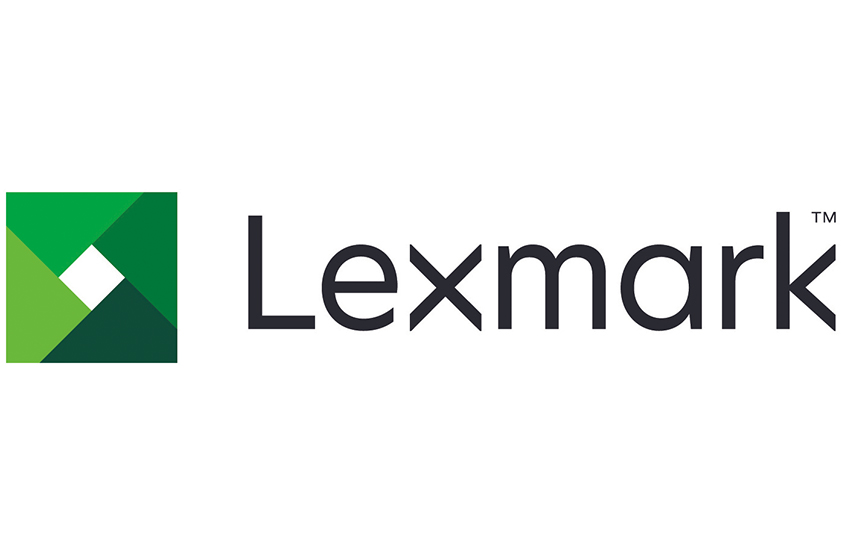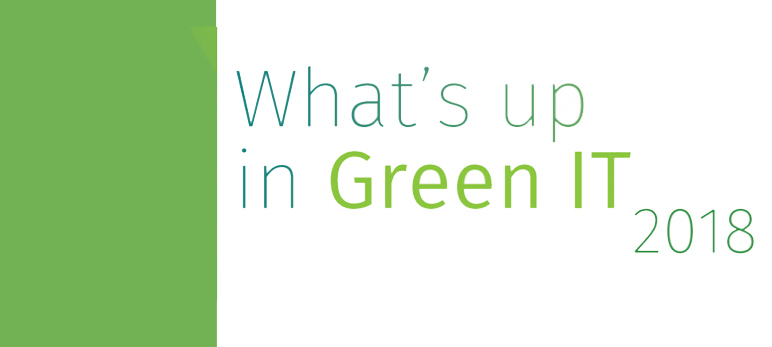
LEXMARK - USA
Lexmark has implemented industry-leading post-consumer recycled plastics in its toner cartridges using a closed-loop recycling process and has set significant future targets to drive further environmental impact reduction on all its product lines. With Lexmark Cartridge Collection Programme, Lexmark has reclaimed a feed-stream of high-impact polystyrene plastic from empty toner cartridges. After returning this material to near-virgin quality, it is used to make housings and other components, minimising the resource extraction necessary to produce new toner cartridges.

Benefit 1: The largest quantity used in Lexmark products by volume are plastics, such as HIPS (high-impact polystyrene) and ABS (acrylonitrile butadiene styrene). Usually manufactured from gas and petroleum feedstocks, the environmental impact of these feedstocks can be offset by increased use of recycled plastic.
Benefit 2: The product performs to the same standard as toner cartridges with no PCR content—just with enhanced environmental attributes. The user price is unchanged while internally the effort allows Lexmark to recover some of the costs related to our LCCP which is free and easy for customers to use. Of the empty cartridges returned to the company, 100 percent are either reused or recycled.
Result 1: Lexmark is an industry leader in the use of reclaimed plastic in its cartridges with 18% average PCR plastic content, by weight, across all toner cartridges, with several cartridges containing over 25% PCR in 2015: 92% of Lexmark-branded toner cartridges contain at least some PCR content.
Result 2: More than 30% of the Lexmark printer line now have a minimum of 5% recycled plastic content. The newly announced CS72x printer, for example, is made of 53% recycled plastics.
Since 2008, Lexmark’s corporate social responsibility programs have grown stronger in both depth and breadth. In the past three years alone, Lexmark has dedicated more than $1.1B USD to research and development with a high portion used to develop energy efficient features and eco-designed products. One industry-leading approach is in the use of PCR plastic in our toner cartridges.
Lexmark also looked at third-party resin suppliers for PCR in printers, identified stable suppliers and quality resins focusing on 8–10 material grades, and taking more risk, convinced Design Engineers to use more PCR in printers.
In addition to PCR in printers, a process was also designed and fully implemented at the LCCP plant in order to extrude and pelletize ground plastic parts to convert them into post-consumer resin.
Lexmark’s 2018 goal is to average 25% PCR plastic content across the entire toner cartridge product line. By 2018, Lexmark also aims to reuse 50% by weight of the cartridges returned, a substantial increase on the current figure of 34%, which currently establishes the company as the industry leader.
Lexmark intends to partner with other industry sectors as well as plastics recyclers to develop a strong network. The network should identify new sources of plastics and line them up with the growing number of users of PCR plastic.
In addition, partnering with Ellen MacArthur Foundation allows Lexmark to work together with a group of like-minded businesses to promote the benefits of the circular economy.



 © 2018 ICTFOOTPRINT.eu – ICTFOOTPRINT.eu has received funding from the European Commission’s Horizon 2020 research and innovation programme under the Grant Agreement no 690911. The content of this website does not represent the opinion of the European Commission, and the European Commission is not responsible for any use that might be made of such content.
© 2018 ICTFOOTPRINT.eu – ICTFOOTPRINT.eu has received funding from the European Commission’s Horizon 2020 research and innovation programme under the Grant Agreement no 690911. The content of this website does not represent the opinion of the European Commission, and the European Commission is not responsible for any use that might be made of such content.